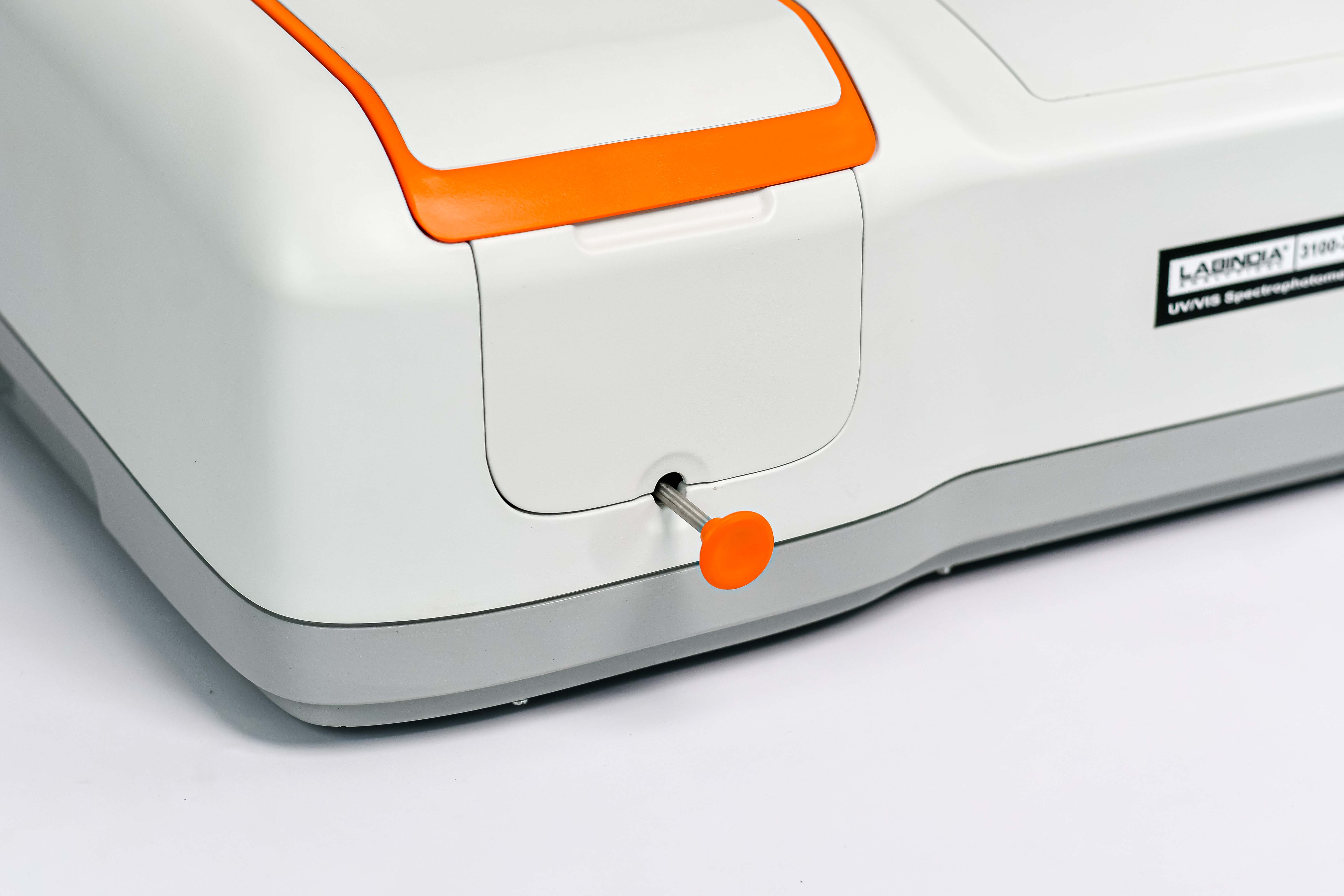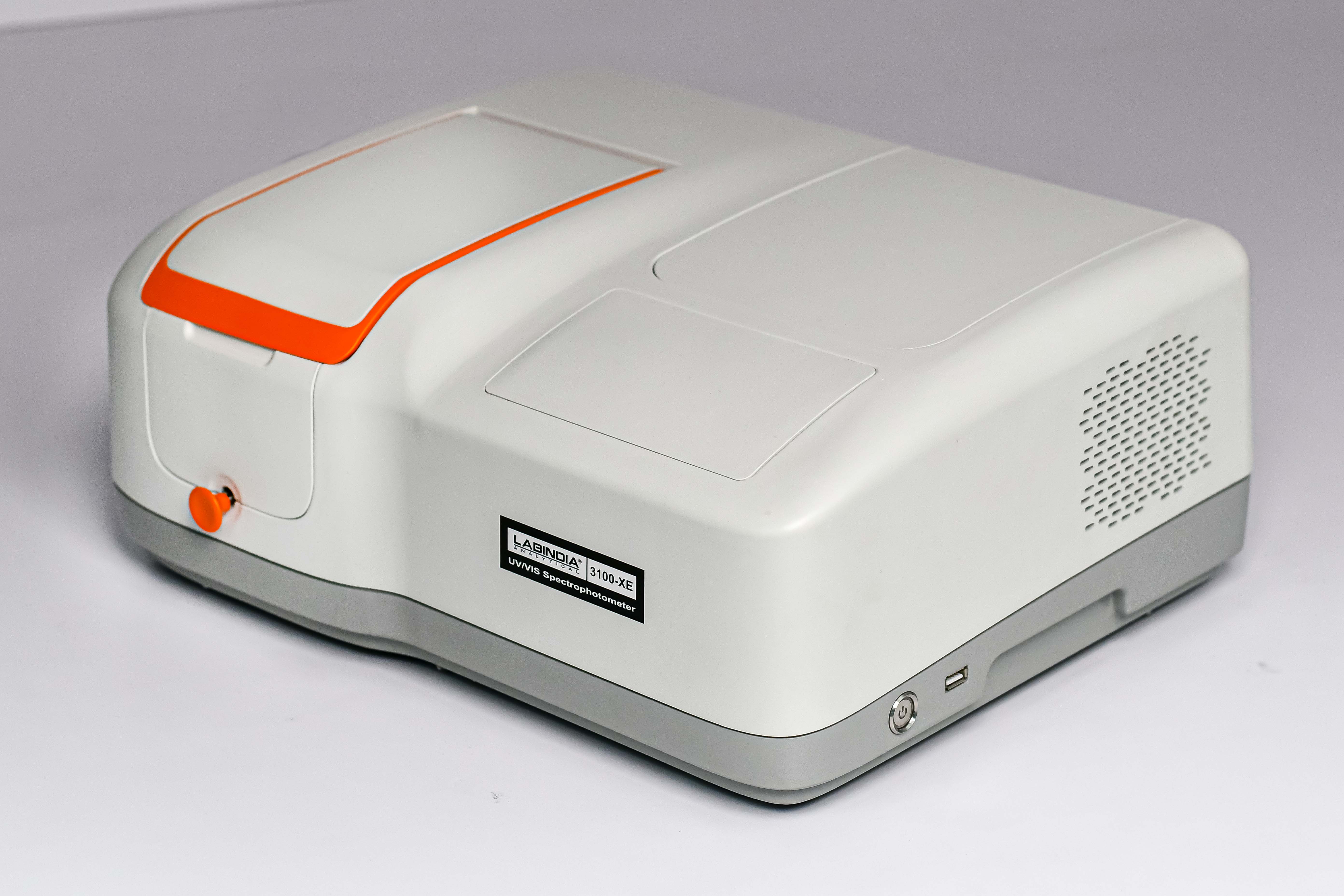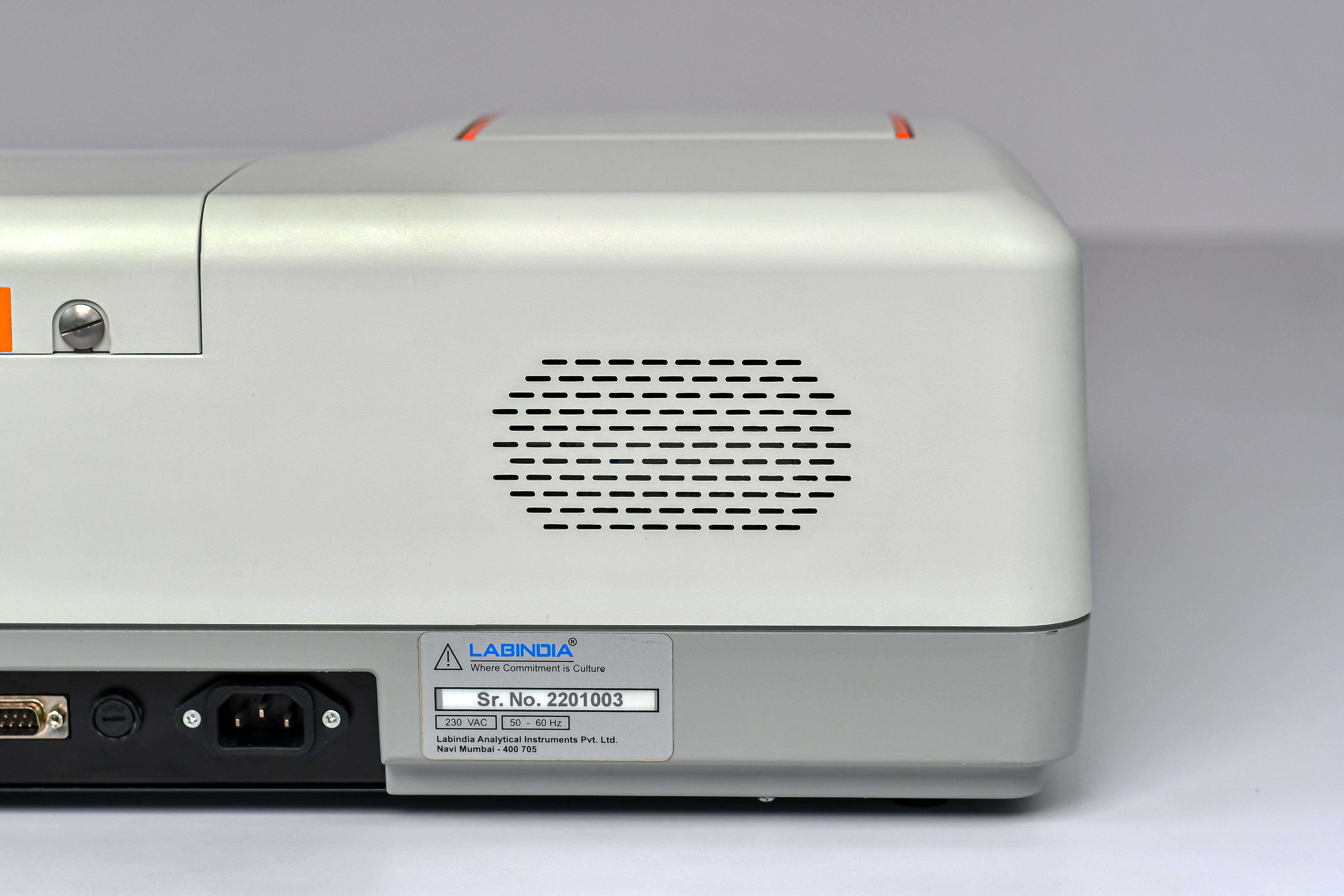UV-VIS 3100XE Spectrophotometer
Labindia Analytical's Dual Beam UV-VIS 3100XE Spectrophotometer features a high-performance Xenon lamp, ensuring exceptional bandwidth and wavelength accuracy. Ideal for clinical, pharmaceutical, and biochemical labs, it supports quantitative analysis, kinetics, multi-wavelength measurements, and DNA/protein analysis. Its user-friendly UV-Vis Analyst software enhances versatility and efficiency in various applications.


feature-1

feature-2

feature-3
UV-VIS 3100XE Spectrophotometer
Labindia Analytical's Dual Beam UV-VIS 3100XE Spectrophotometer features a high-performance Xenon lamp, ensuring exceptional bandwidth and wavelength accuracy. Ideal for clinical, pharmaceutical, and biochemical labs, it supports quantitative analysis, kinetics, multi-wavelength measurements, and DNA/protein analysis. Its user-friendly UV-Vis Analyst software enhances versatility and efficiency in various applications.
ADVANCED CAPABILITIES


The Labindia Analytical Dual Beam UV-VIS 3100XE Spectrophotometer features a high-energy Xenon lamp, ensuring precise absorbance and transmission measurements across defined wavelengths. It supports multi-wavelength analysis, time scanning, and real-time kinetics monitoring for enzyme reactions, making it suitable for diverse applications in clinical and pharmaceutical labs.
Key Features
With built-in UV-Vis Analyst software, this instrument allows for DNA and protein determination, quantitation through standard curves, and customized method adjustments. Its robust design accommodates both routine and complex analyses, providing researchers with exceptional versatility and reliability in their workflows.
FLEXIBLE ANALYSIS


